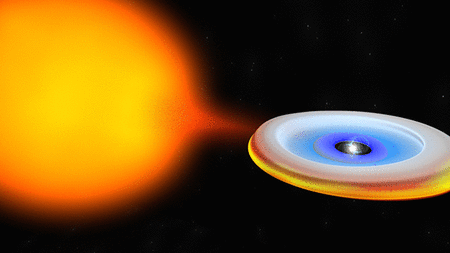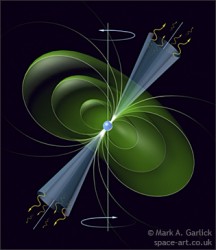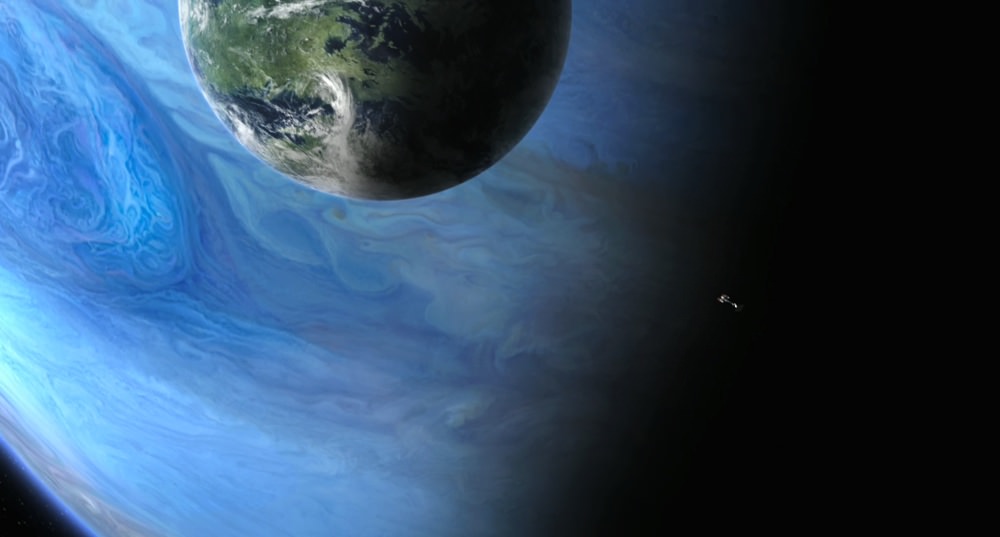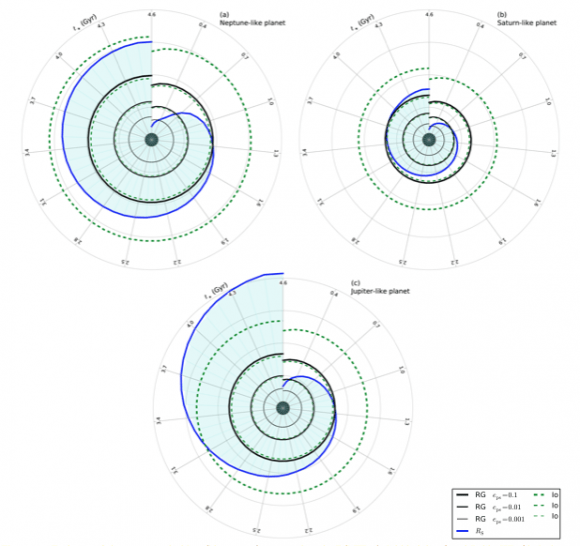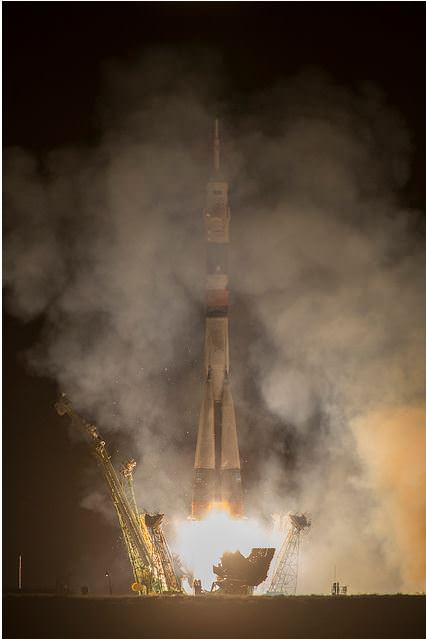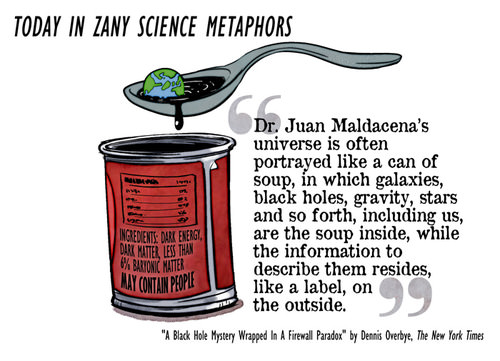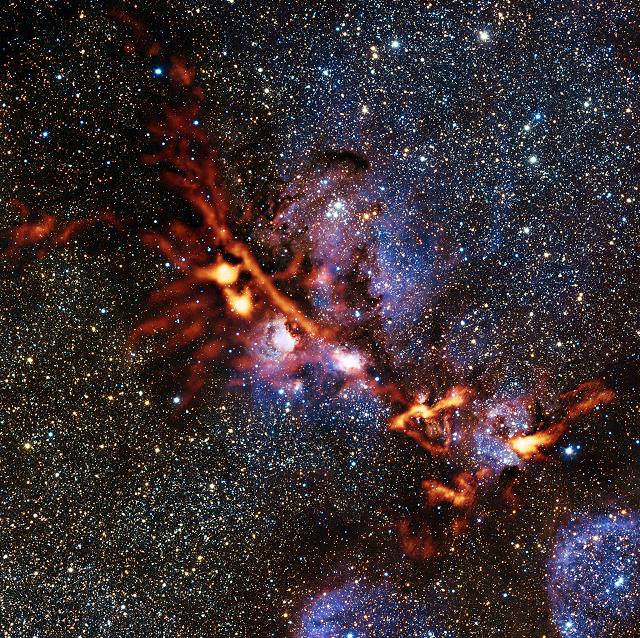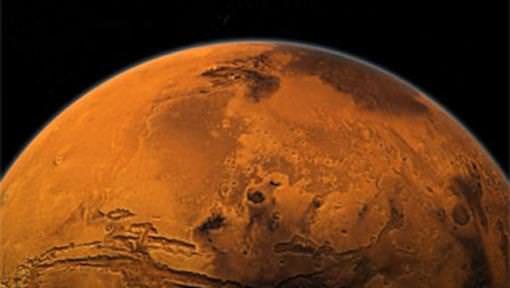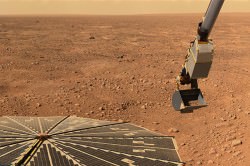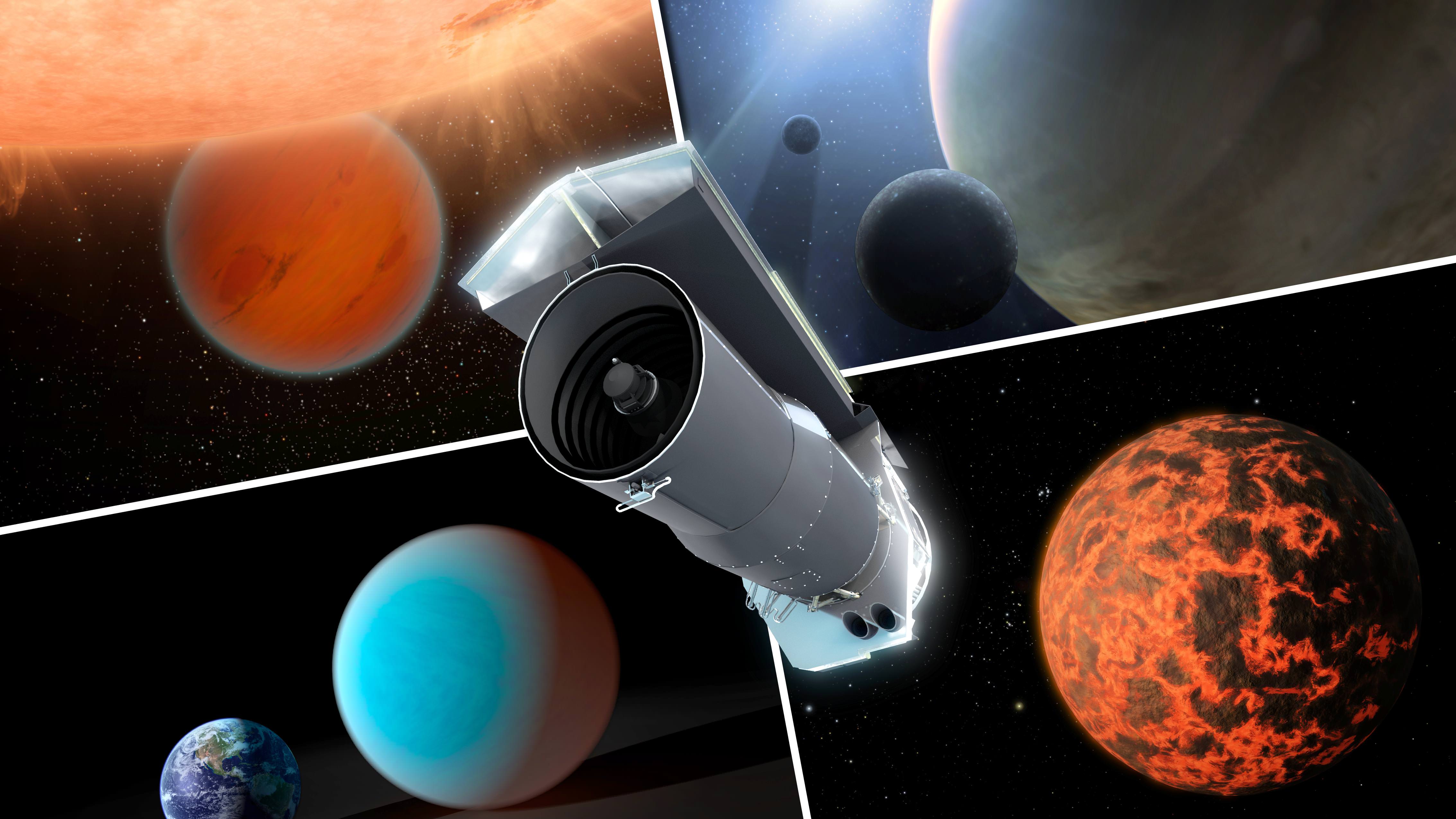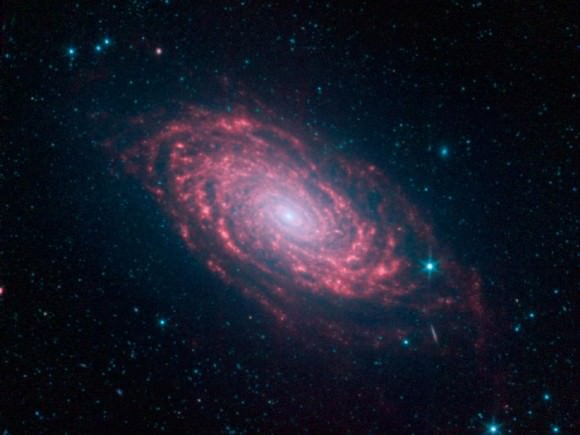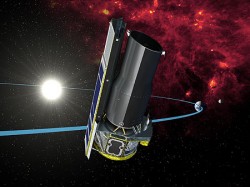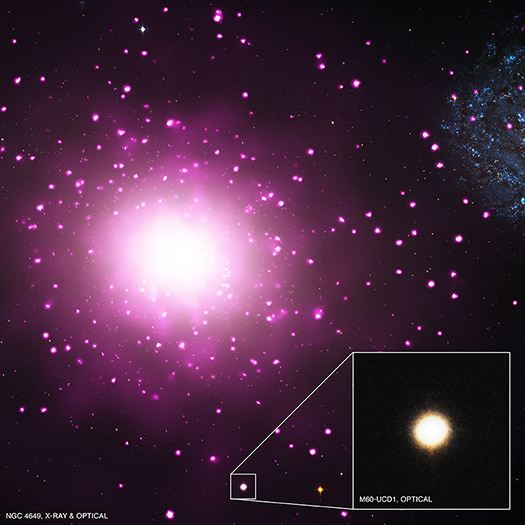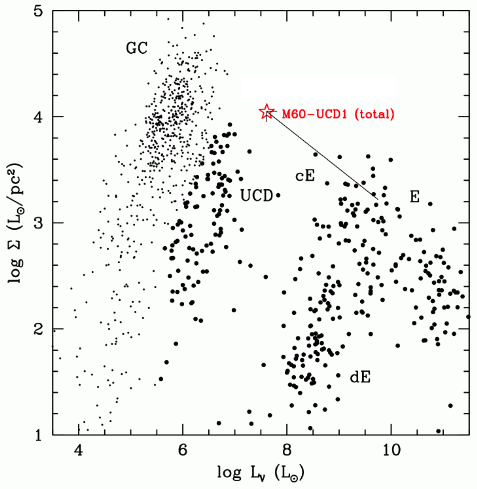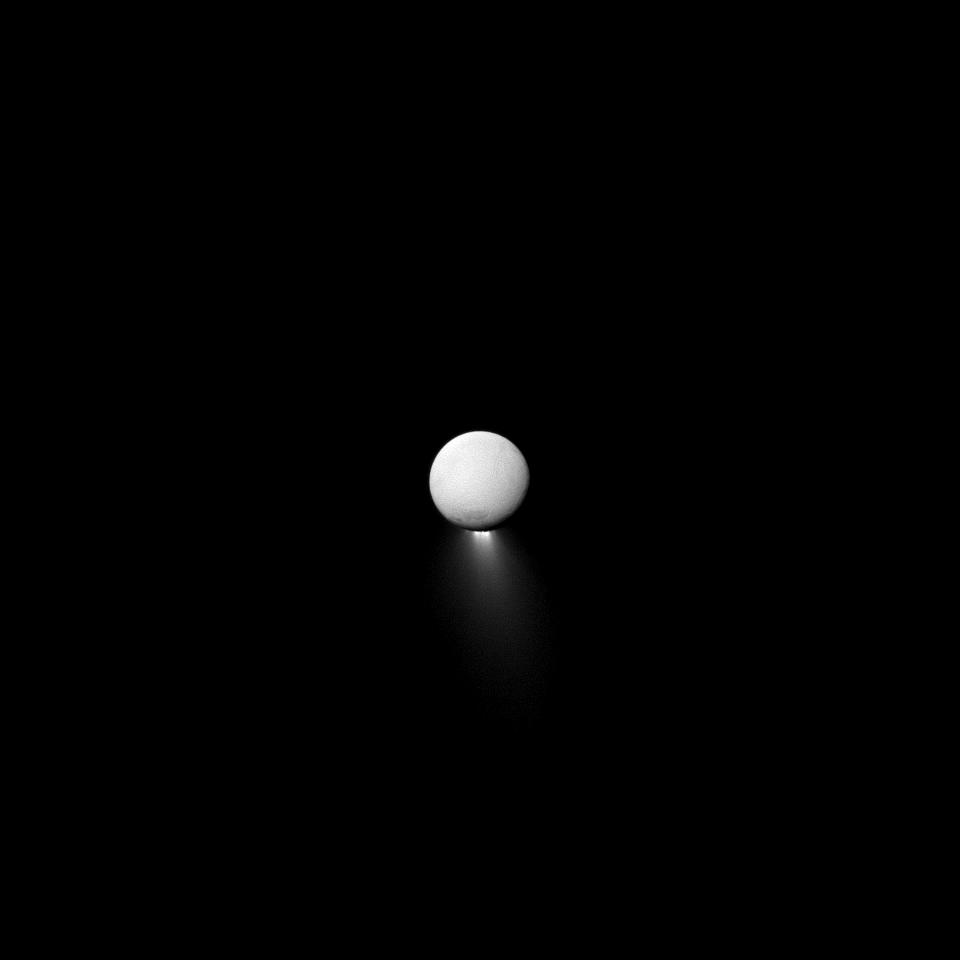Can’t find asteroid 2010 QW1 in the Minor Planet Database? No, the “Men in Black” didn’t secretly remove this Earth-orbiting asteroid from the listing… but recent top-notch detective work by astronomers did.
The mystery of this object all started back on August 23rd of this year, when the PanSTARRS sky survey based on the summit of Haleakala on the island of Maui in Hawai’i spotted an asteroid that was given the provisional designation of 2013 QW1.
The object was in a wide-ranging orbit around the Earth, leading astronomers to wonder if it was a naturally captured asteroid or perhaps space debris from a previous launch. Either solution to the dilemma would be fascinating. Our large Moon keeps the Earth pretty well swept clear of debris, though a “second Moon,” however small, would be an interesting find. And if 2013 QW1 were to prove artificial, it just might be a piece of history.
The European Space Agency’s NEO Coordination Centre decided to take up the challenge. A call went out to track and observe the 2013 QW1, and a team led by Elisabetta Dotto of INAF-Observatorio di Roma & Maria Barucci & Davide Perna of the Observatoire de Paris managed to get time on the Italian Telescopio Nazaionale Galileo based at La Palma to obtain a spectrum of the object.
“It was a bit of a challenge, because the object was moving fast with respect to a typical NEO,” said Dr. Perna in a recent ESA press release.
The team used an instrument known as DOLORES to make the crucial measurements. DOLORES stands for the Device Optimized for LOw RESolution. The spectrum obtained in the early morning hours of August 25th shows something much brighter than your typical asteroid, but is characteristic of a painted metallic object.
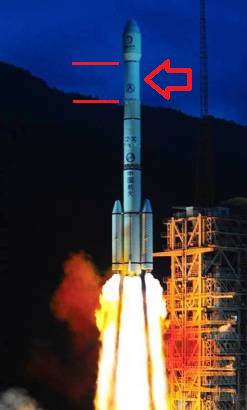
And thus, 2013 QW1 was removed from the ledger of NEO asteroids maintained by the IAU Minor Planet Center (MPEC). And the leading suspect? The third stage booster of a Chinese Long March 3C rocket that launched the Chang’e 2 spacecraft from Xichang, China on October 1st, 2010.
Chang’e-2 entered lunar orbit 8 days after launch, and departed on June 8th of the following year after studying and mapping the Moon. Chang’e-2 then went on to become the first spacecraft to directly reach the L2 Lagrange point 1.5 million kilometres beyond Earth from lunar orbit. The spacecraft also made the first flyby of NEO asteroid 4179 Toutatis on December 13th of last year. The probe is estimated to continue functioning into 2014, and will be used to hone China’s ability to track objects in deep space.
The NORAD tracking identification assigned to the 3rd stage booster that launched Chan’ge-2 is 2010-50B.
This sort of discovery is not without precedent.
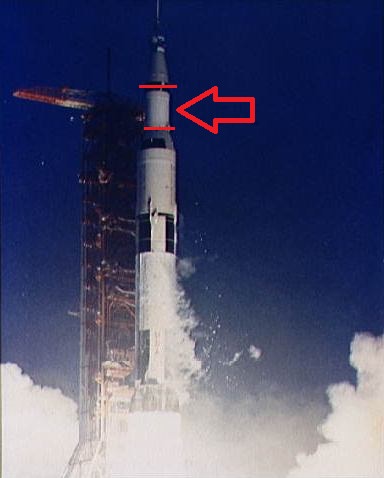
On September 3rd, 2002, amateur astronomer Bill Yeung discovered an asteroid tentatively designated J002E3. Subsequent studies revealed that the asteroid had a spectrum consistent with that of titanium oxide paint, a decidedly unasteroid-like coating for a space rock to sport. This was, however, a common veneer in use during the Apollo era, and it is now known that J002E3 is the S-IVB third stage booster that launched the second mission to land men on the Moon on November 14th, 1969. Unlike other boosters, such as the one that launched Apollo 14, the Apollo 12 3rd stage did not impact the Moon as part of seismic experiments. After a brief period as a “pseudo-moon” of the Earth, J002E3 was kicked out into solar orbit in June 2003 and may return to our neighborhood once again in the 2040s.
NASA’s Lunar Reconnaissance Orbiter has documented the lunar crash sites of these historic boosters. It’s of note that the Apollo 10 Lunar Module Snoopy remains discarded out in solar orbit as well, having been used as a dress rehearsal for the historic Apollo 11 landing. Apollo 10 never landed on the Moon. Efforts have been made by UK astronomer Nick Howes to recover it as well.
And there are more relics of the Space Age awaiting discovery. One of the first things we always check in the case of a pass by a newly discovered NEO closer than the Moon to the Earth is its history, to see if it matches up with any launches headed out beyond Earth orbit in the past.
And the upcoming Mars launches of MAVEN and India’s Mars Orbiter Mission in October & November will be the first to depart Earth orbit since 2011. These will give future generations of asteroid hunters new human-made space hardware to ponder.
The B612 Foundation’s asteroid-hunting Sentinel Space Telescope will also “up the game,” scouting for asteroids from a vantage point interior to the Earth’s orbit. Sentinel is slated for launch in 2016 atop a SpaceX Falcon 9 rocket.
And no, the fabled “Black Knight” satellite of UFO conspiracy buffs’ dreams is nowhere to be found.
What other fascinating relics of the Space Age lie are out there in the solar system, waiting to tell their tale?


